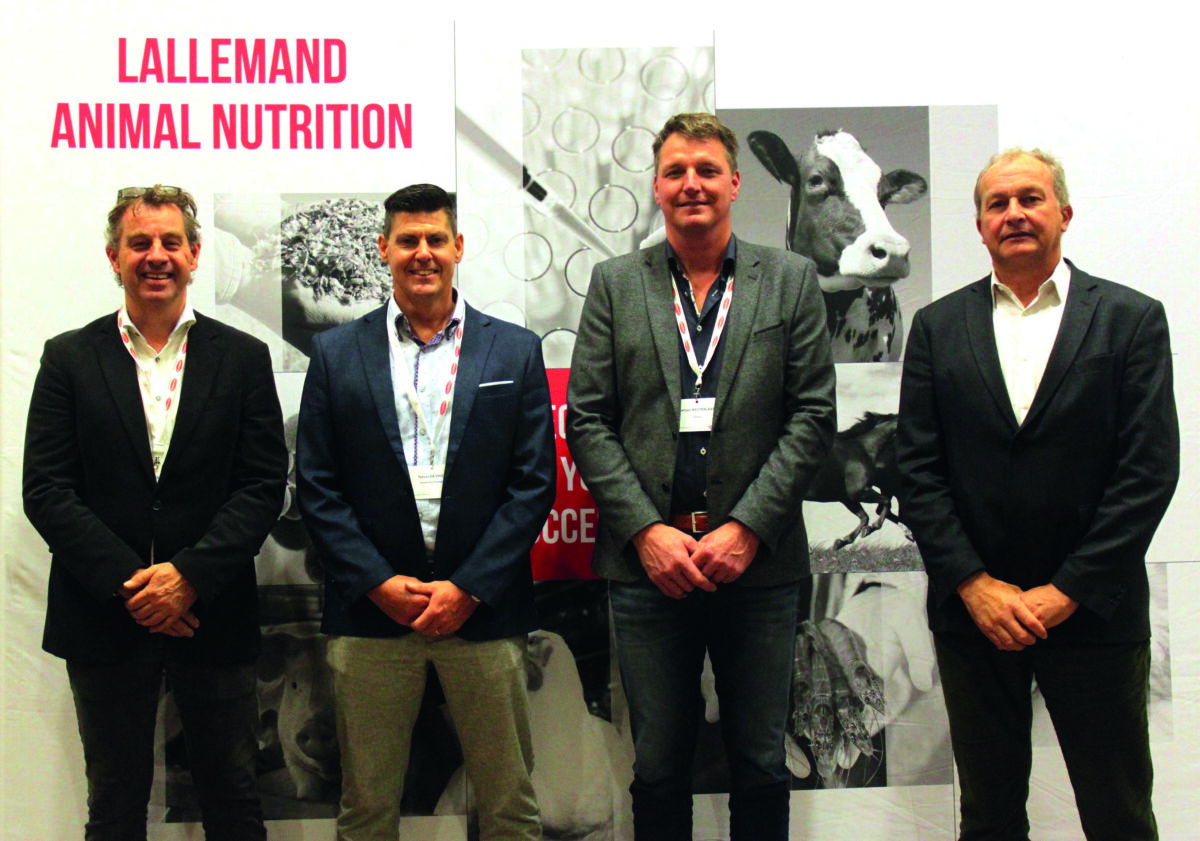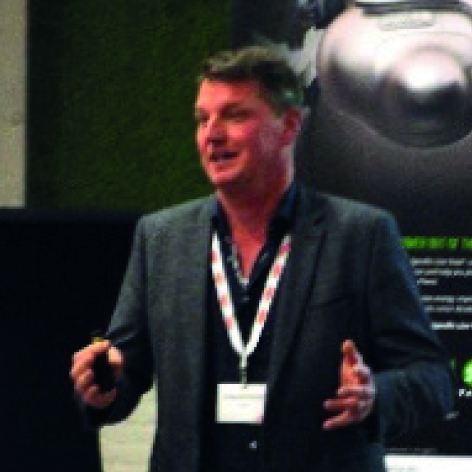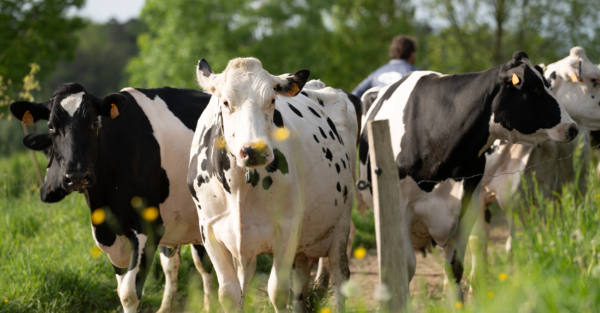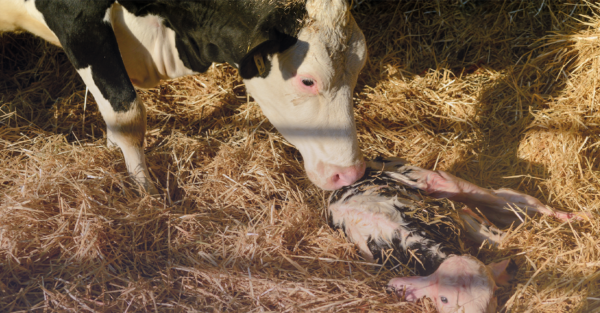Blog | Reading Time 4 minutes
Expert interview: Non-dietary factors to consider when precision feeding
Why is there so much variation in milk yield among farms?
Feeding dairy cows is different than feeding monogastric animals. For starters, feeding a forage-based diet is already a challenge on its own, as the quality and nutritional values of forages can change over weeks and months. And with full grazing systems, you never know exactly how much dry matter she consumes on a daily basis. While we try to formulate as accurately as possible, we know that the cow population, the housing system, and feeding and farm management approach all have a significant impact on the milk yield. This means that the same diet on paper responds differently in farm A than in farm B.
Bach et al. showed in 2008 that the same genetics and the same rations result in high variation in milk production. Milk production on the 47 dairy farms studied was between 21 to 34 kg per cow per day. This clearly shows that there are a lot of non-dietary factors involved.
So, when we talk about precision feeding in dairy cows, we first need to get the basics right and identify possible bottlenecks to create awareness among farmers and advisors on why cows don’t respond to a formulated ration the way we want them to.
What are some of these non-dietary factors influencing production?
There are many non-dietary factors that can make or break the success of a formulated diet because they influence feed intake and rumination among others. Think of stocking density and stress, water supply and placement of water throughs, mixing quality of the TMR, feed bunk management, and cleaning. Earlier studies looked at the effect of some of them: the number of free stalls per cow, the age at first calving, the percentage of feed refusals generated, and the frequency of pushing up the feed. It was shown that these four factors accounted for over 56% of the observed variation in milk yield.
So, how can we expect high feed intake and milk production if we fail to have feed available at least 23 hours per day, the cow is too lame to walk to the feed bunk, and we don’t have enough beds for the cows to rest and ruminate?
It is important to not disappoint the cow. You don’t want her to come to the feed fence only when the feed is pushed up. The feed should always be there in front of her, at any time she feels like eating. This way we can increase the number of meals per day. And this, in turn, has a beneficial effect on total dry matter intake per day, rumination time, and rumen health.
You teach farmers to apply the ‘CowSignals concept.’ What does this entail?
Cows always tell the truth and are constantly giving away signals — CowSignals — to the farmer. The way she eats, stands, lies down, ruminates, has her ears positioned, etc., all mean something. It requires training to interpret these signals and act upon them. And this is what we do at dairy farms around the world. Besides the cow signals, we put a lot of focus on the farm design as well, a concept we call ‘BarnSignals.’ Can cows reach the water troughs, how are the walking routes organized, and are the boxes big enough? These signals give us valuable information that we can translate into optimization strategies for feeding, health, housing conditions, and management.
There are some specific CowSignals that say something about digestion and feed efficiency, such as rumen fill, body condition score, and the fiber fractions in the manure. Looking at a cow and the manure is easy, and many farmers do this. But at large farms with external labor added to the workforce and many cow groups to manage, some important signals can be overlooked. So, when talking about precision feeding of dairy cows, I always address that this is a combination of cow, barn, and feed management.
If we improve and be more efficient here, we can reduce the variability in the responses and come much closer to what we calculate on paper and what the cow actually produces in practice.

Bertjan Westerlaan was one of the speakers at the technical event ‘Feeding dairy cows in 2023, the latest updates: welfare and precision feeding,’ which was organized by Lallemand Animal Nutrition on November 9-10 in Wageningen, the Netherlands.
Published Sep 3, 2023
Related articles
Need specific information?
Talk to an expert



